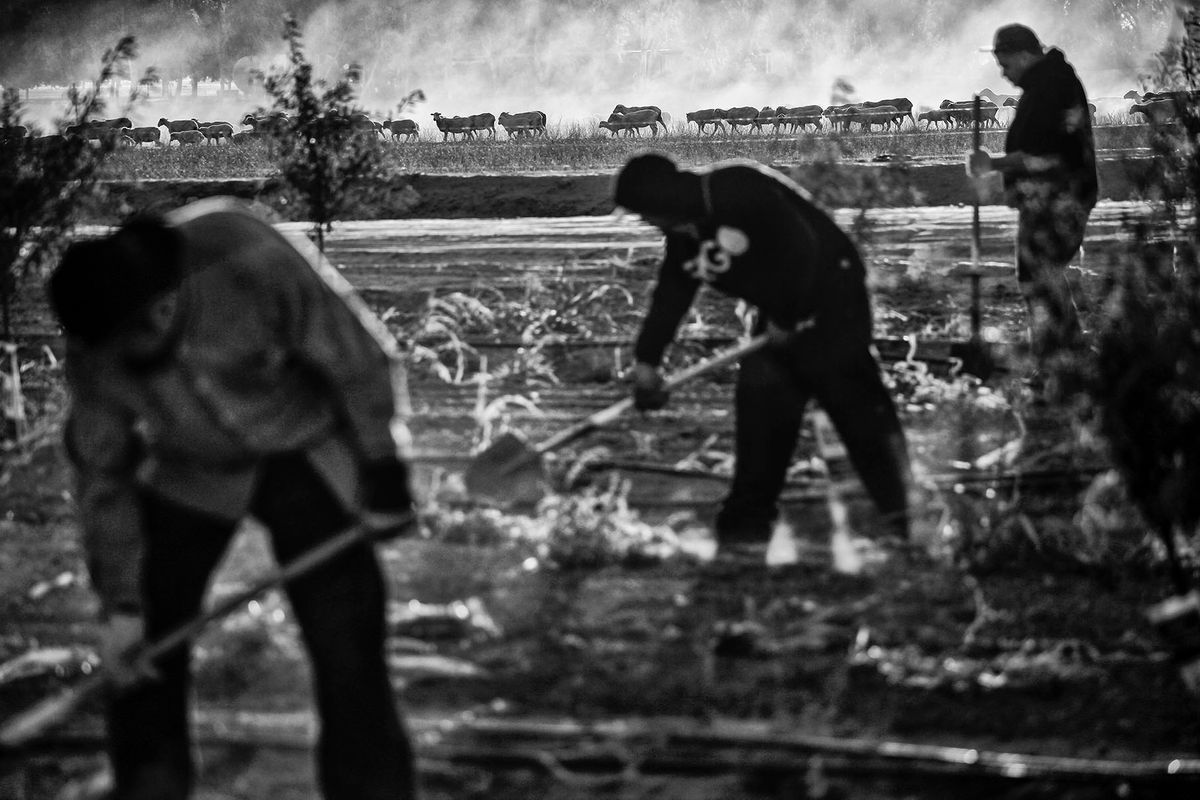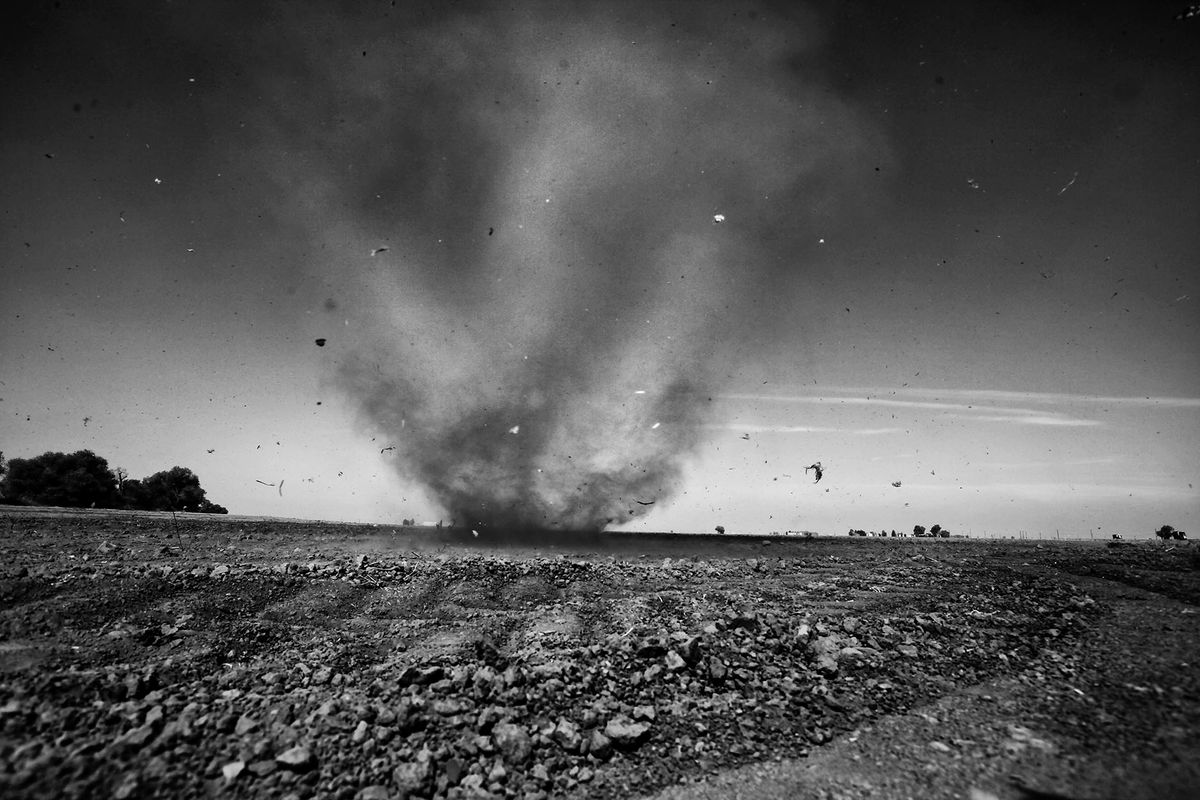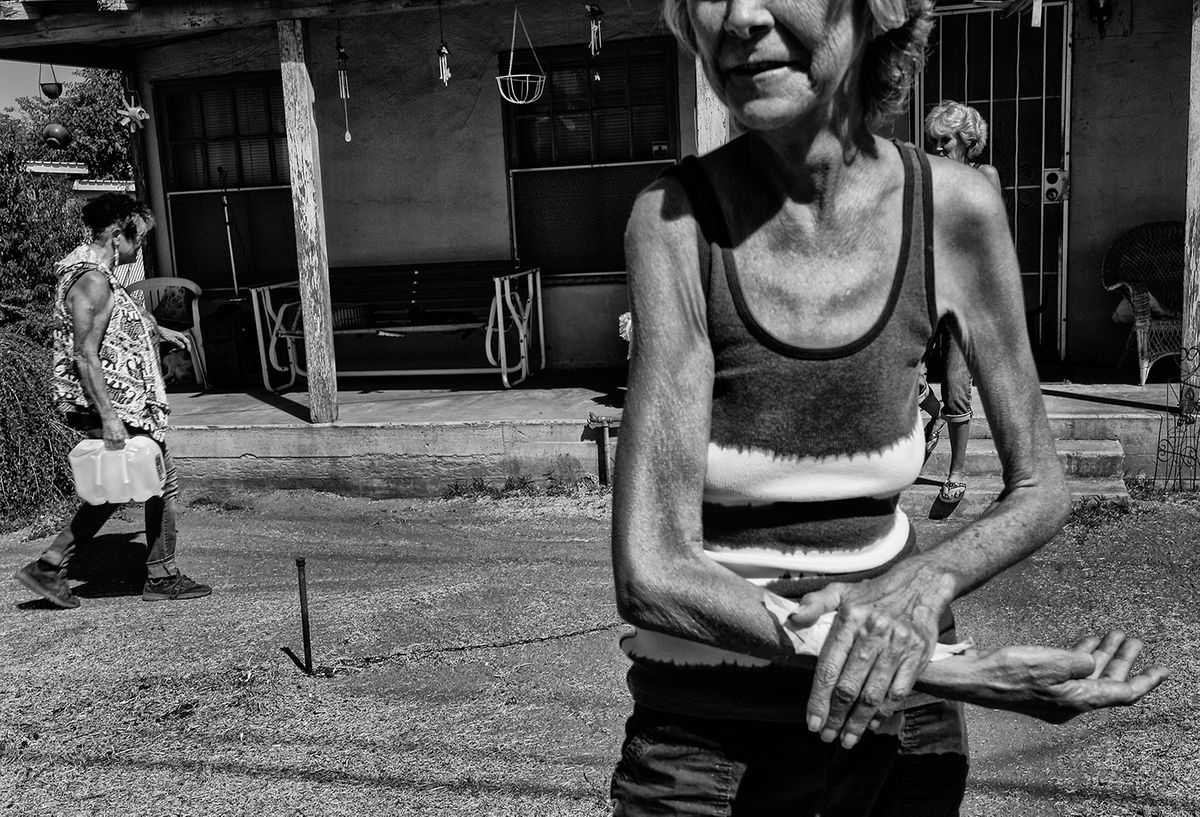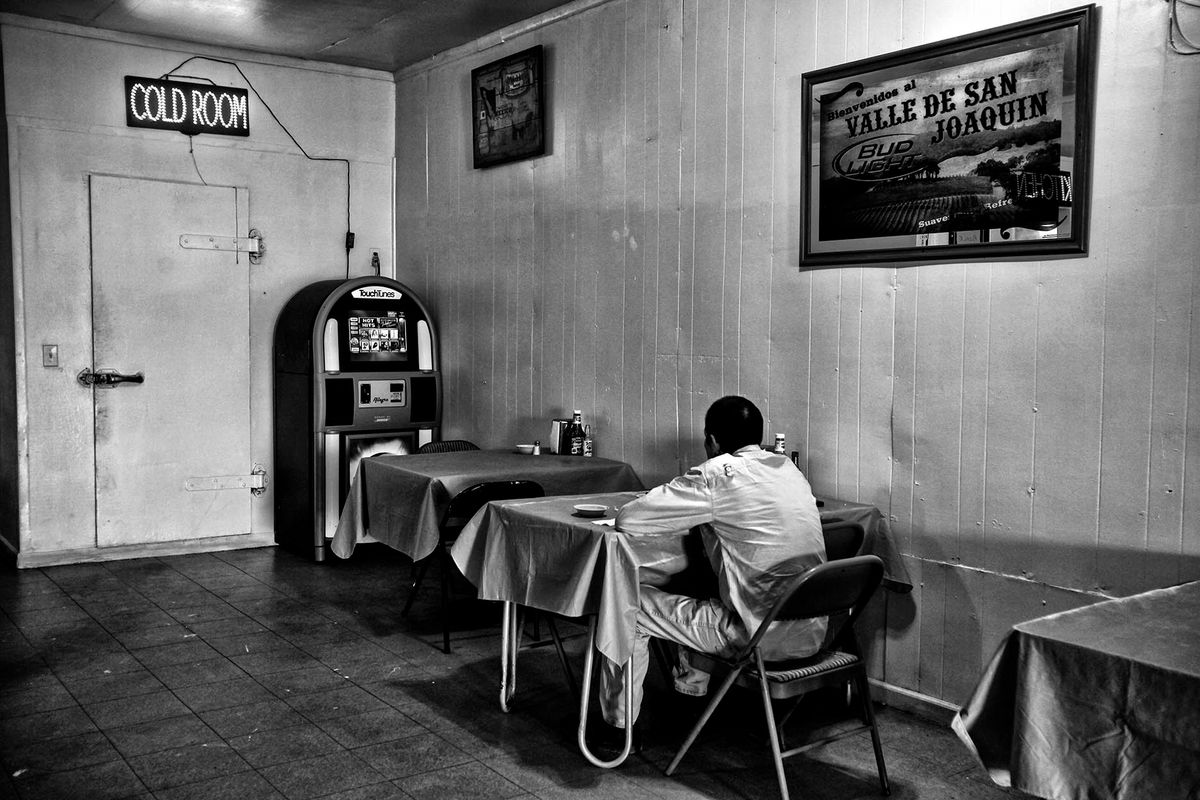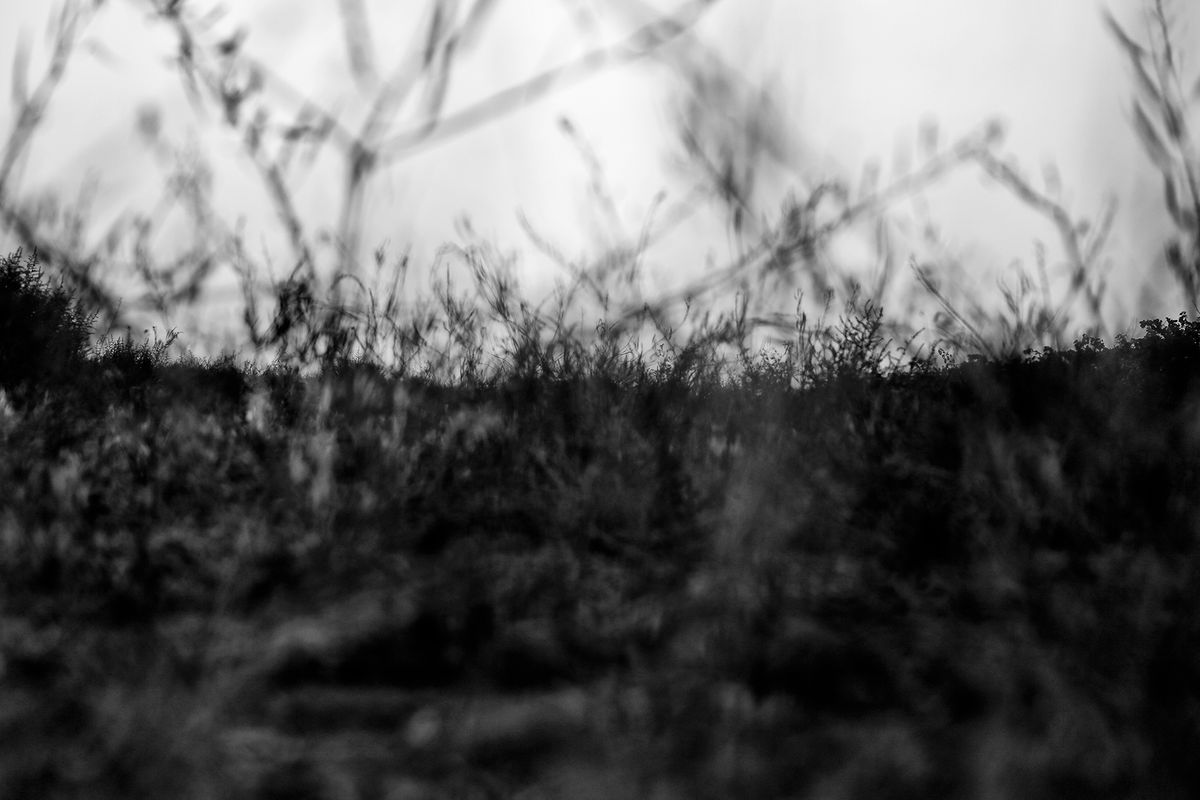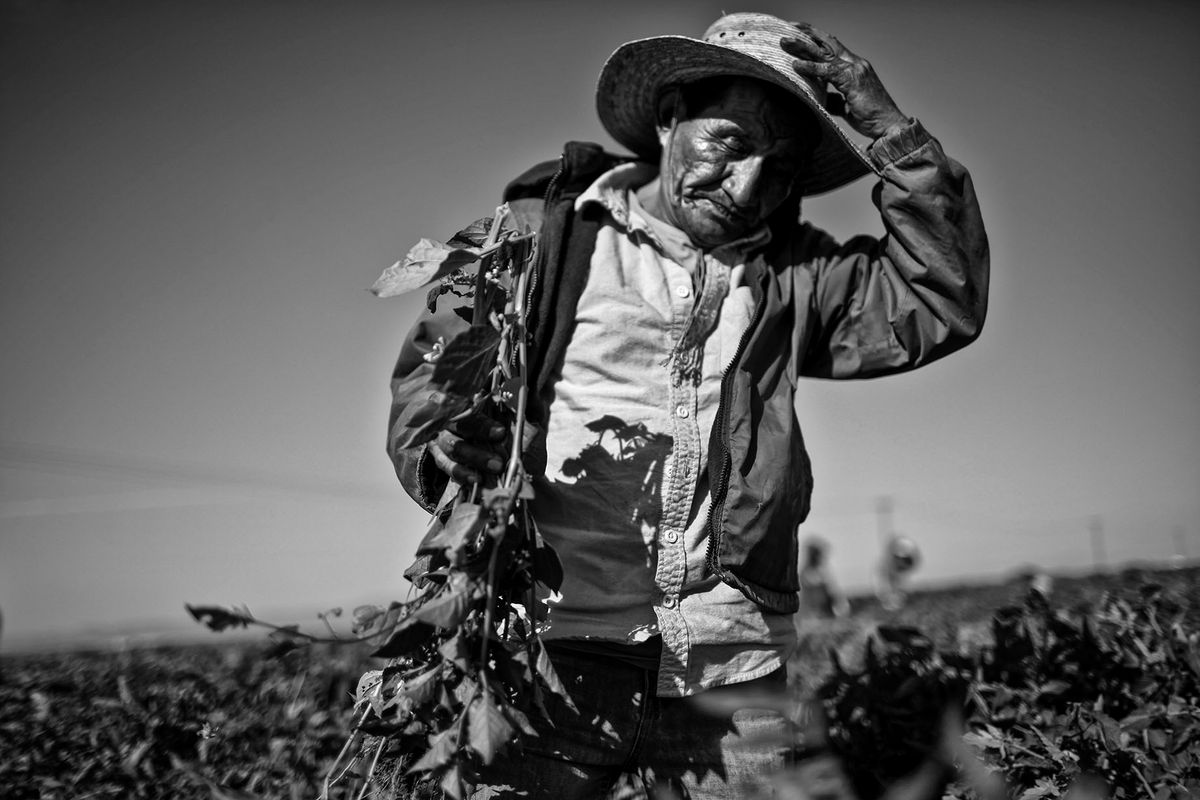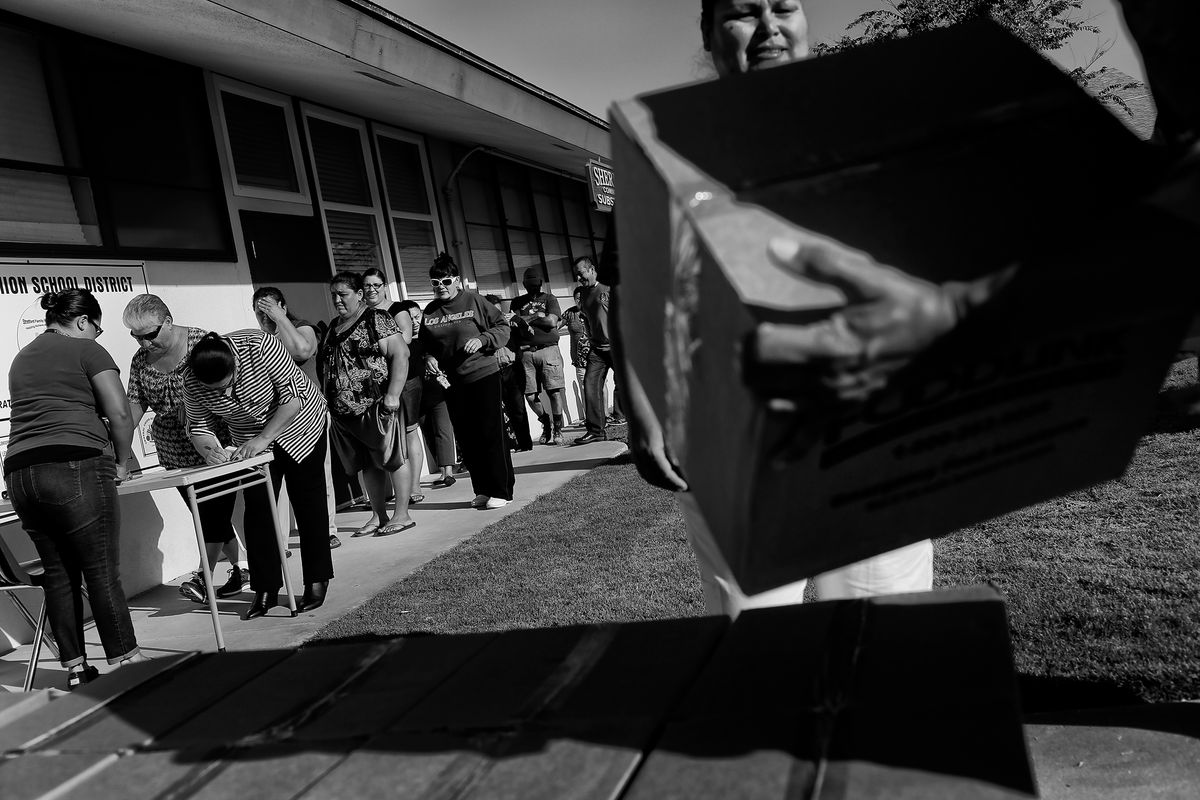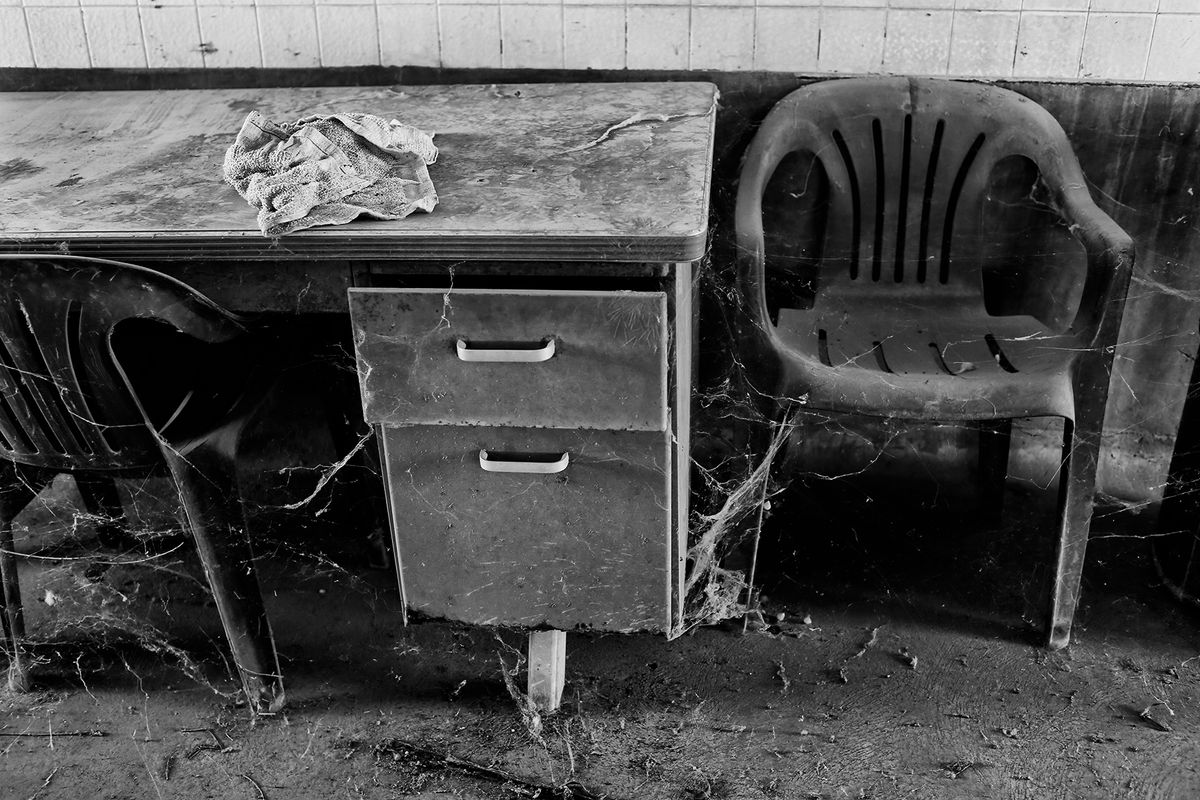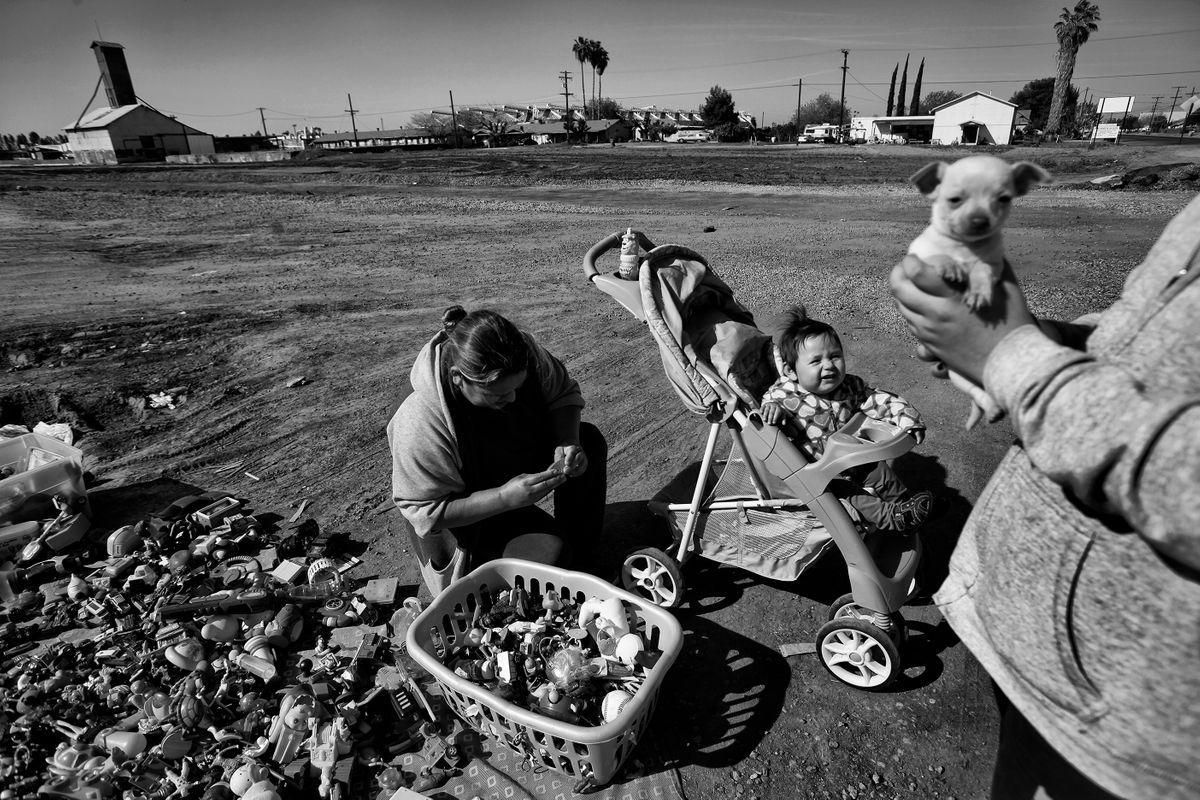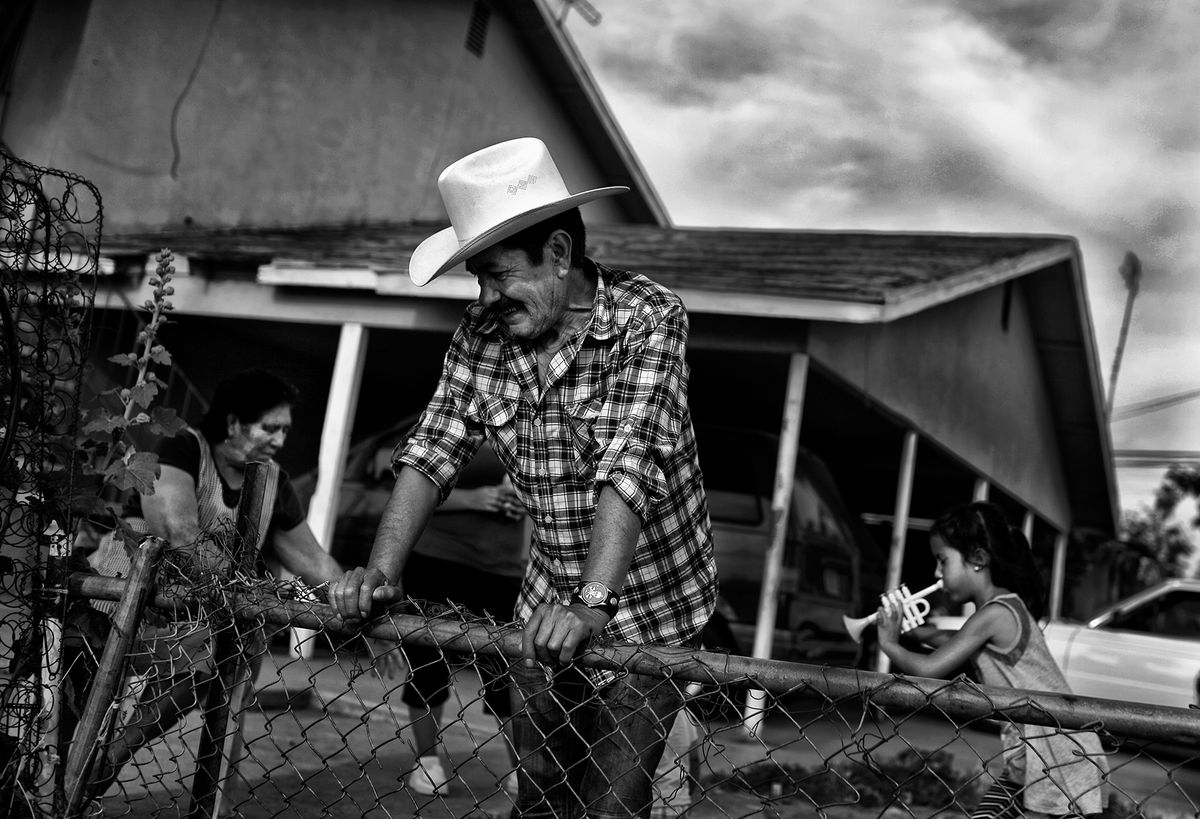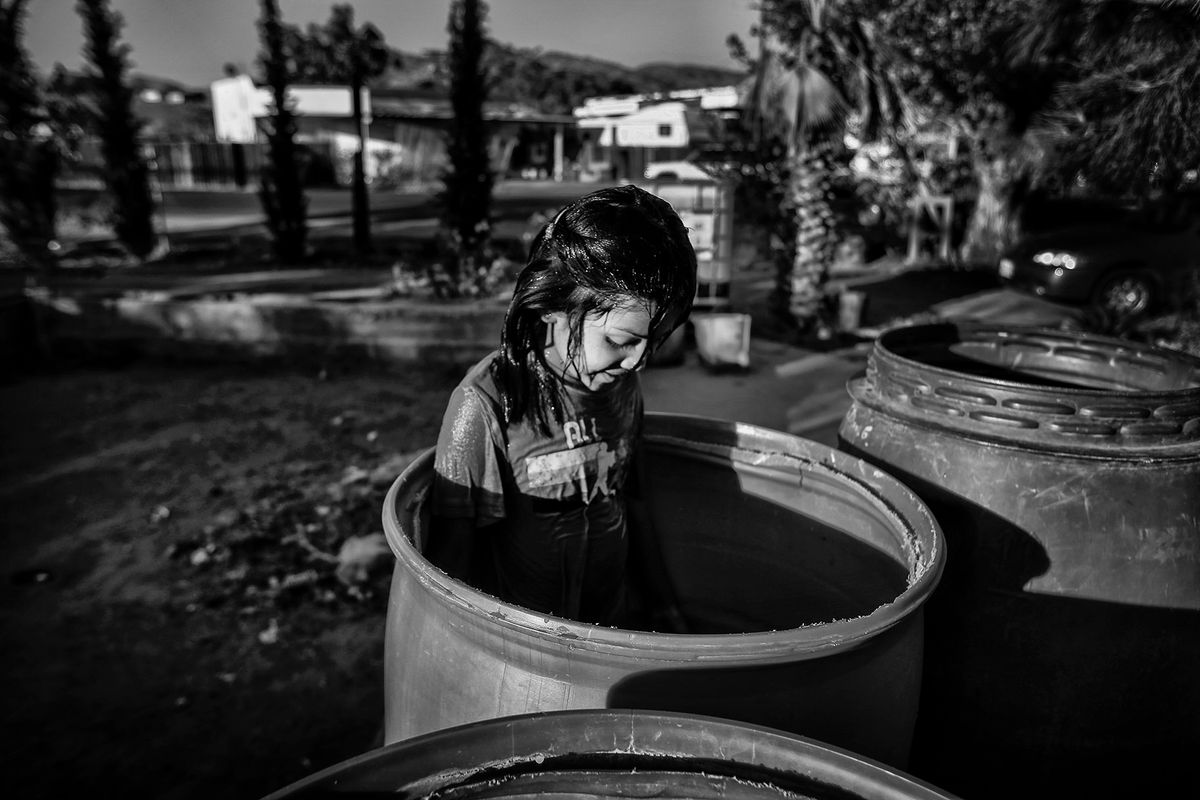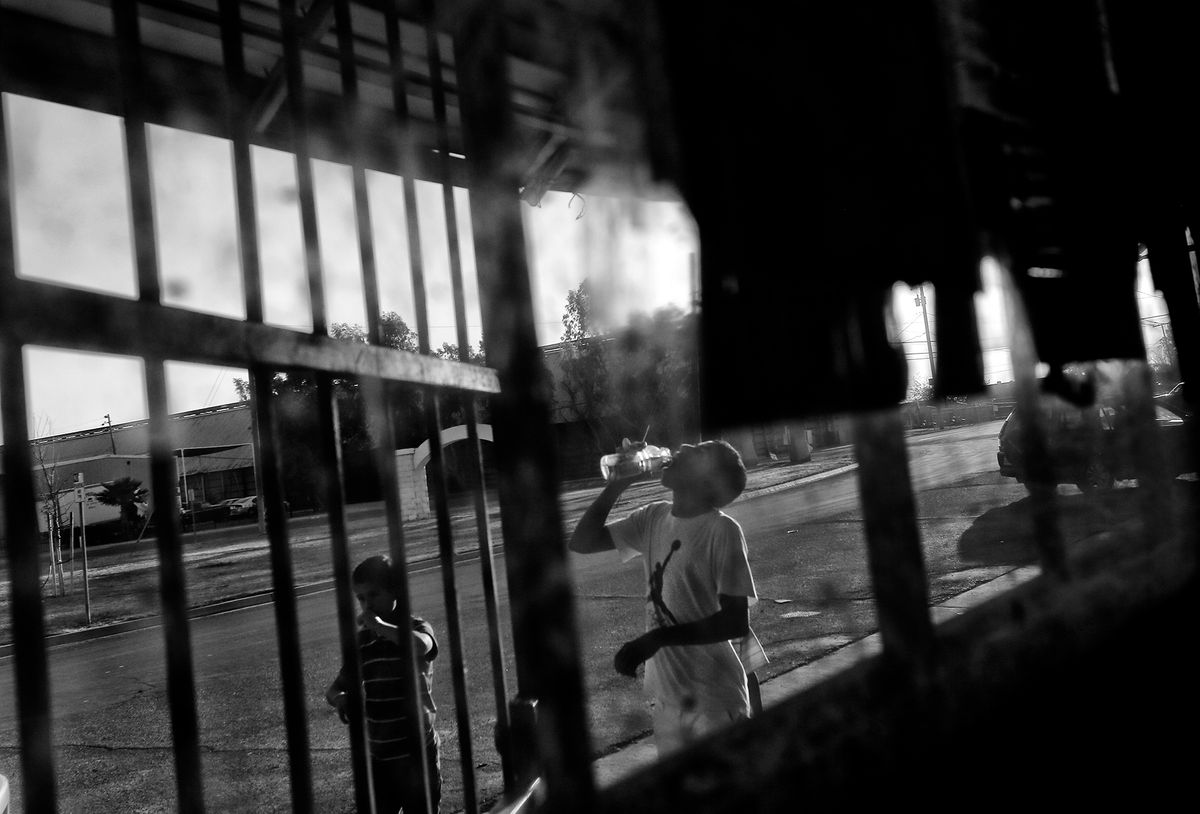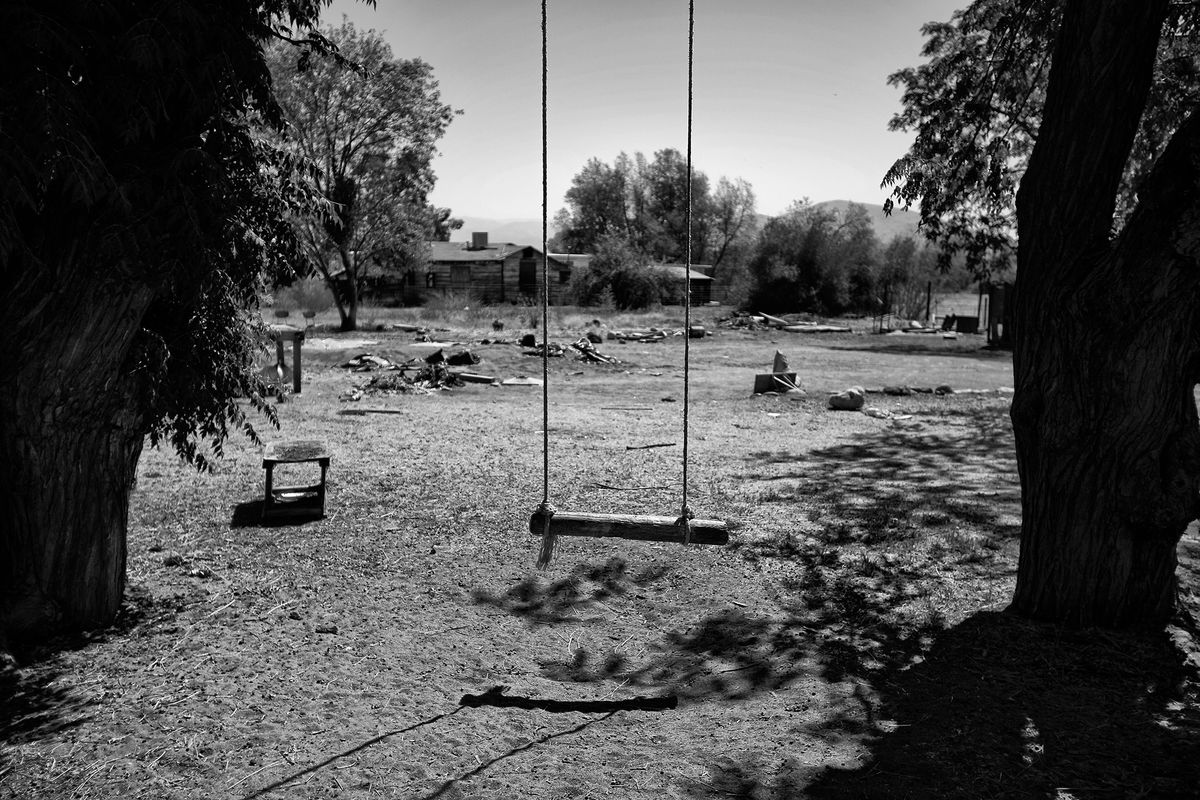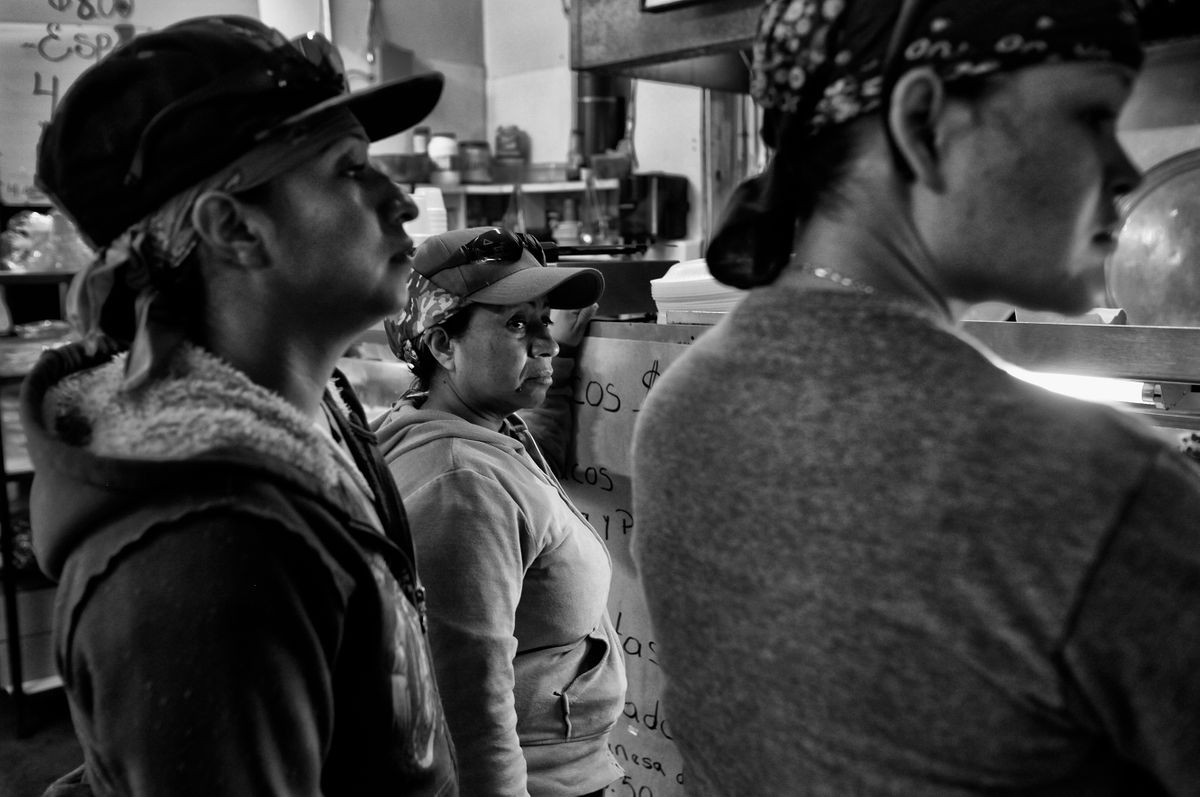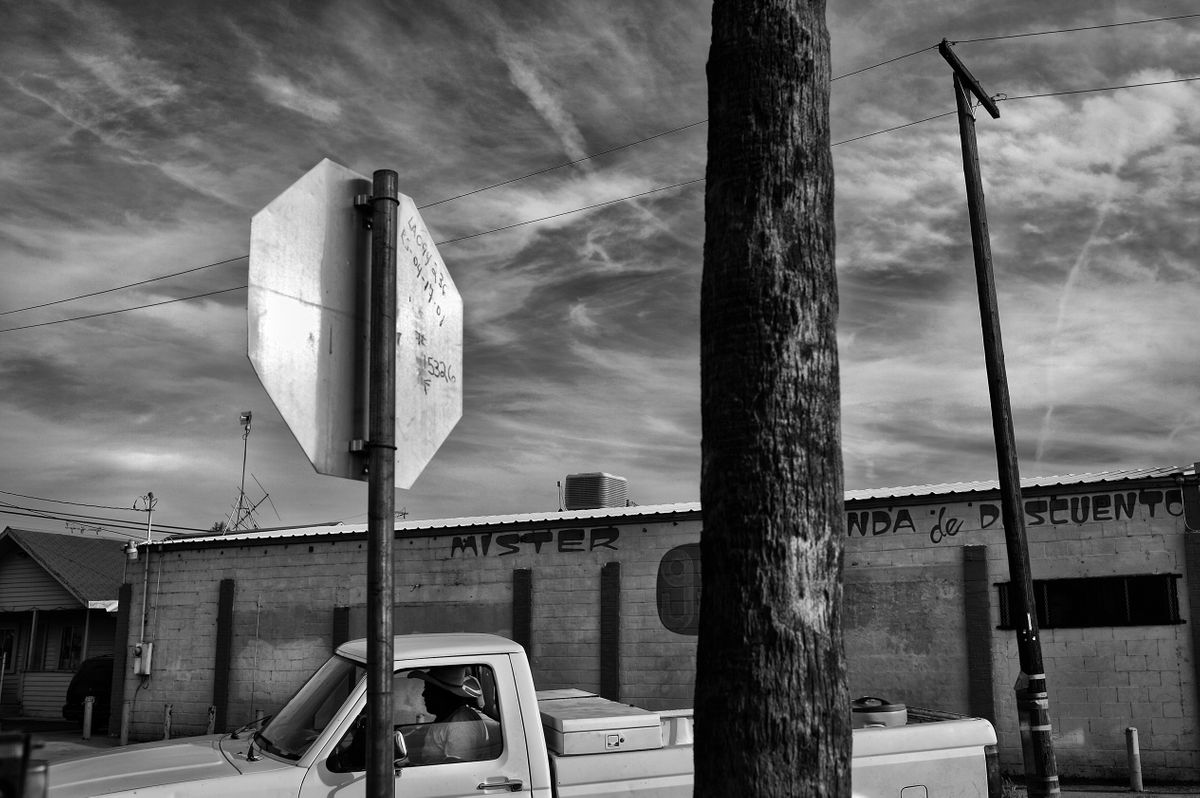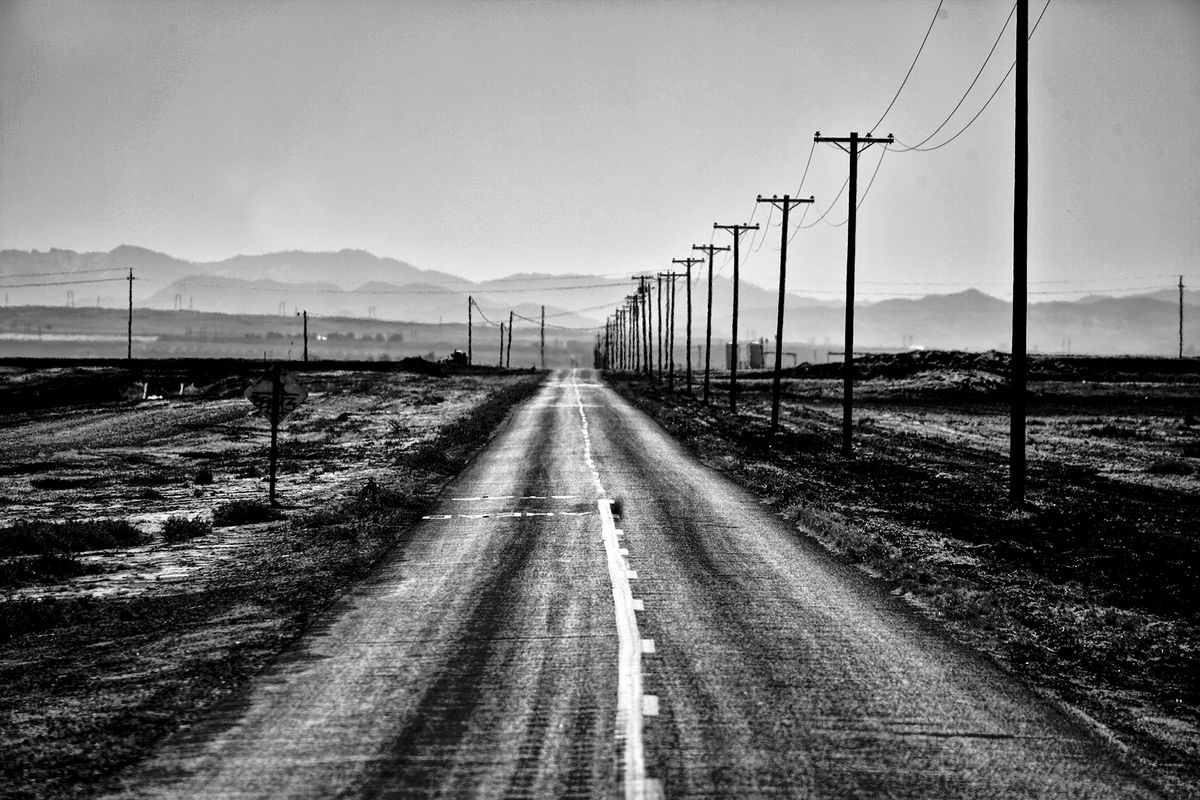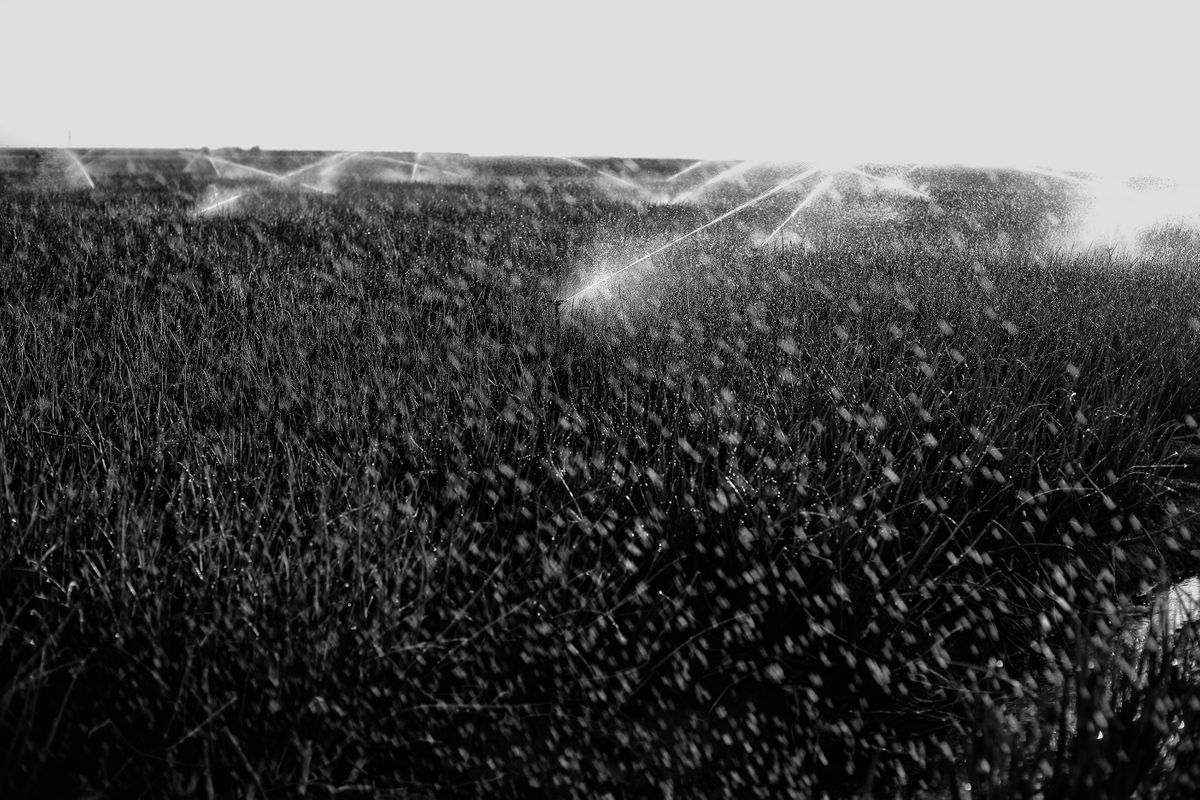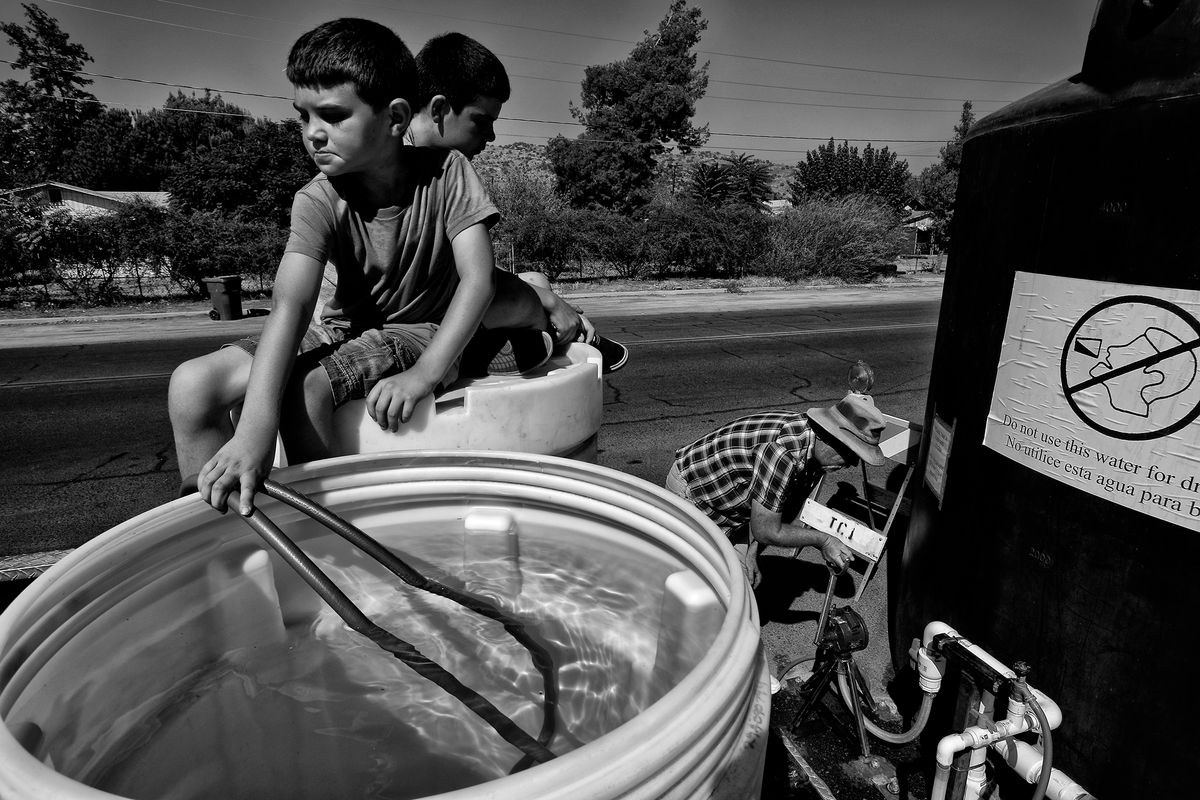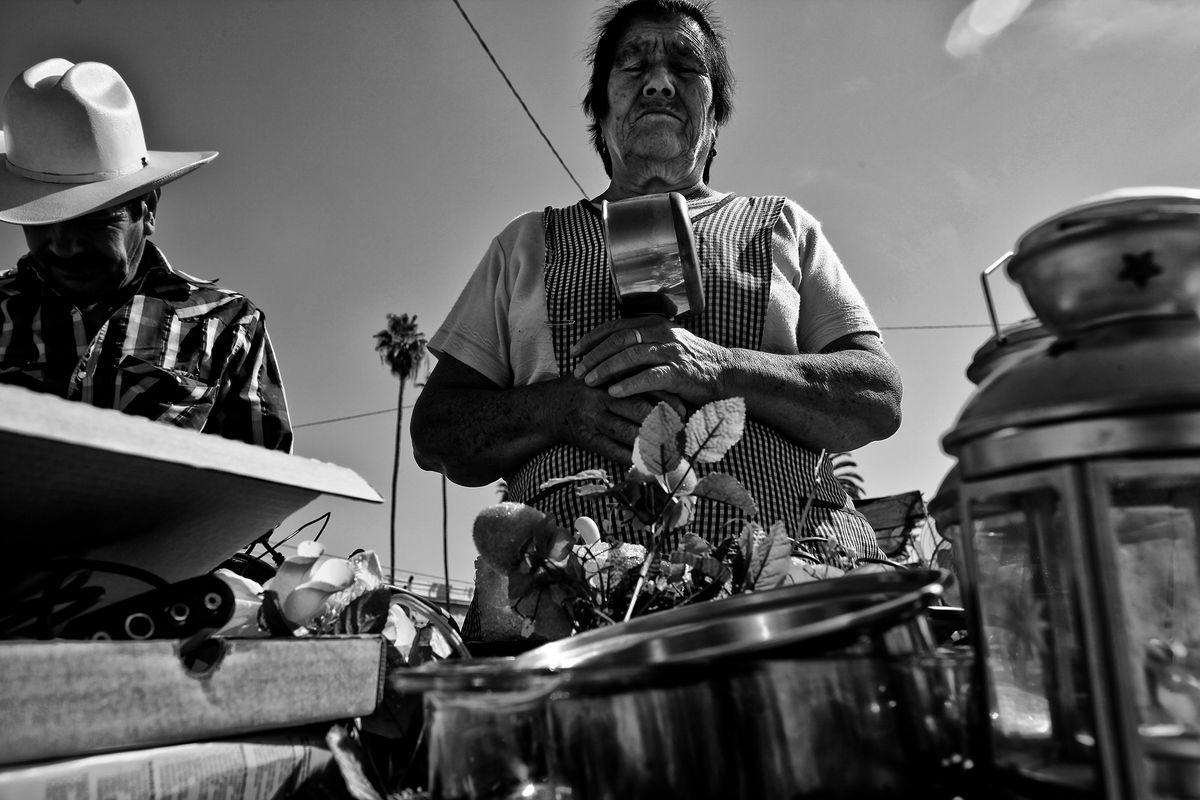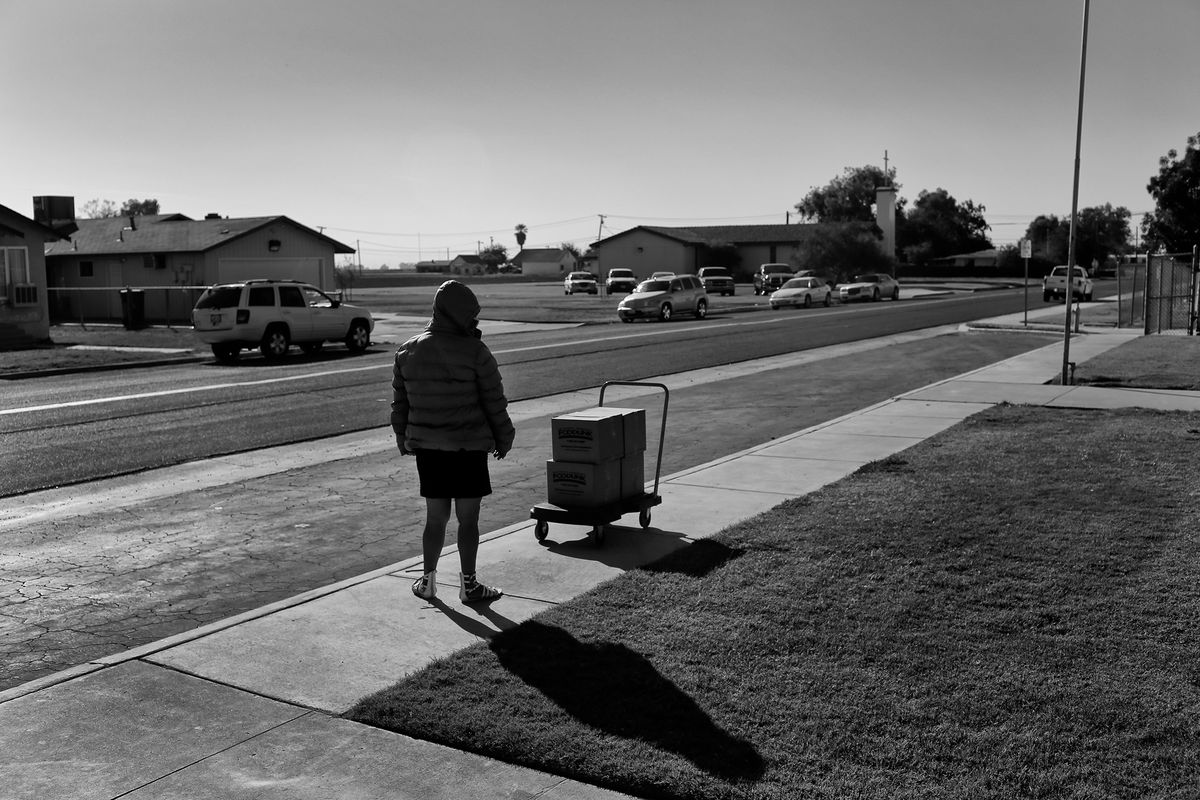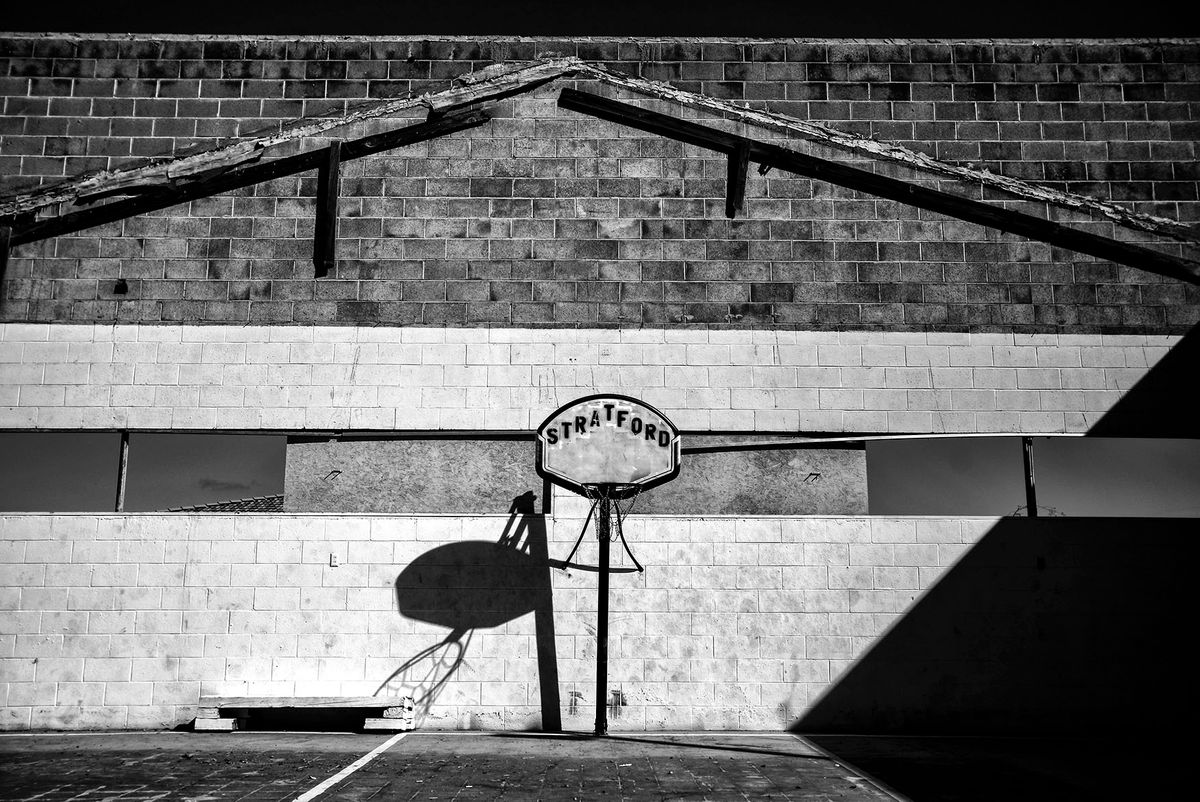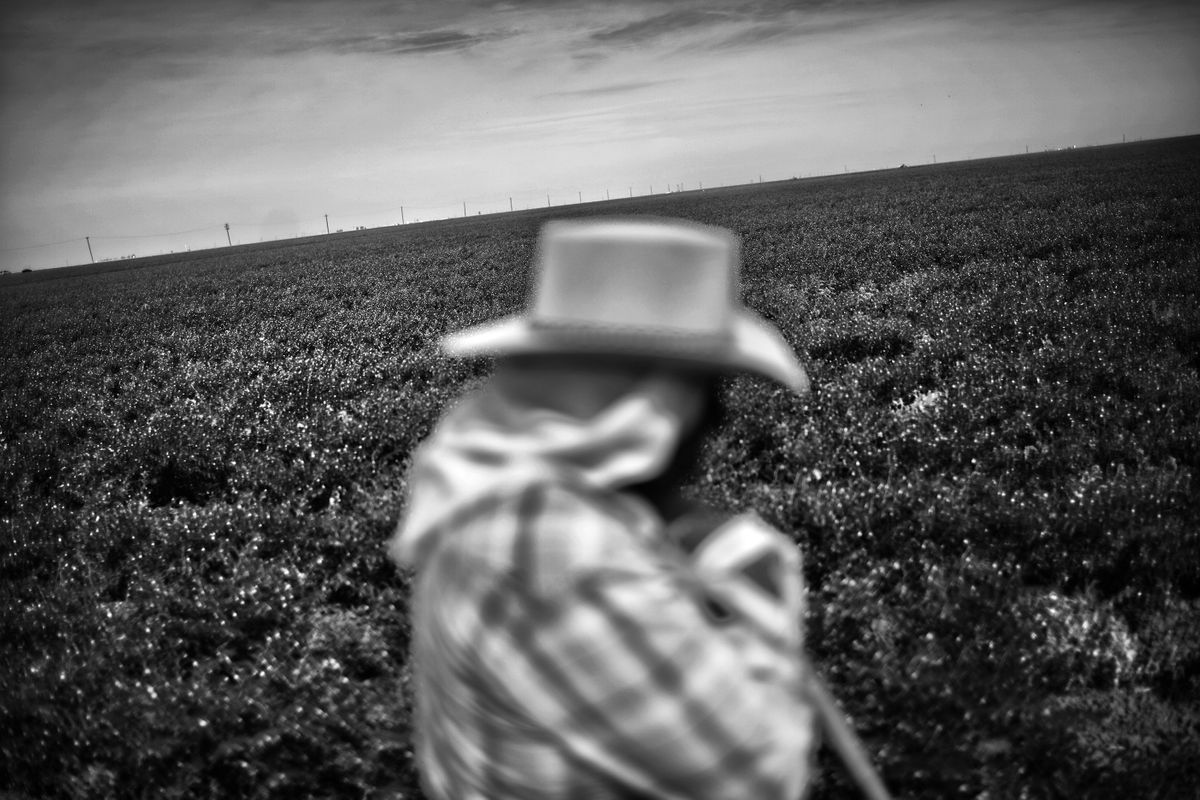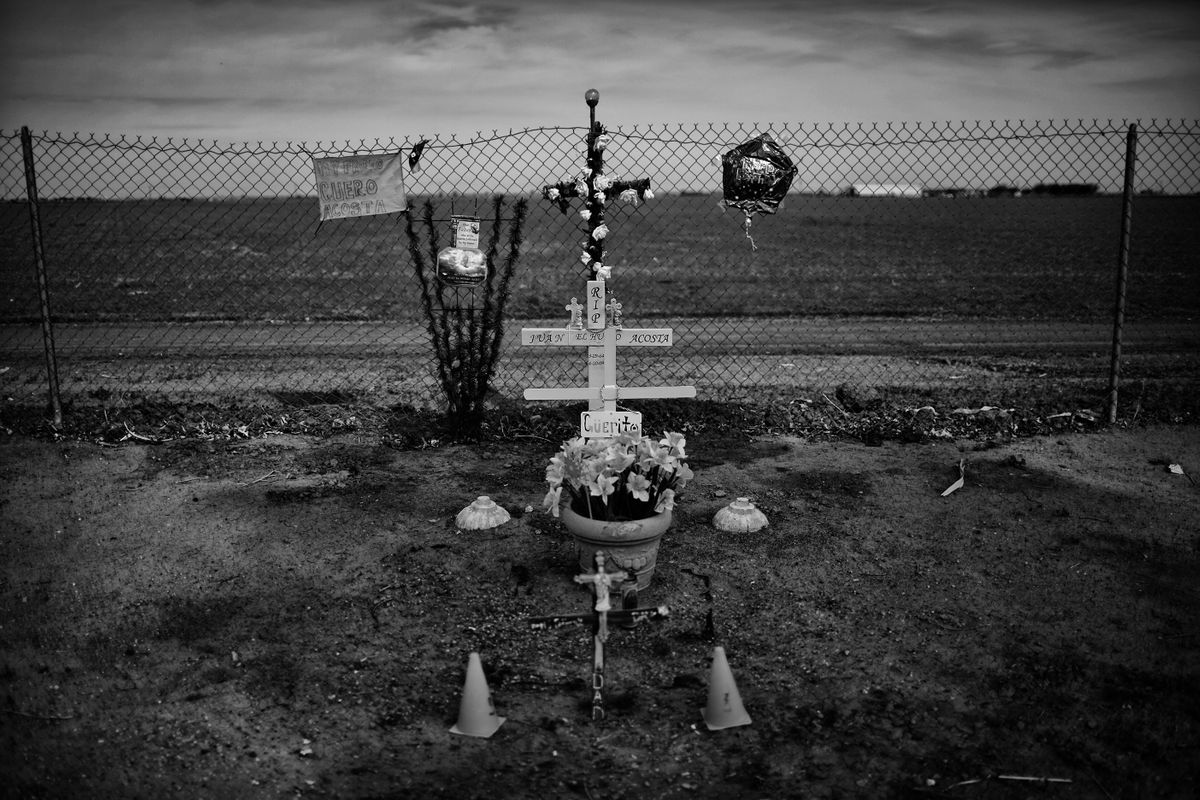The Driest Seasons
California's Dust Bowl
California endured an historic drought between 2010 and 2014. In the state's agricultural heart, the Central Valley the ground is thirsty, the earth is sinking and towns are being abandoned. Families are without water and increasingly, people are without work as farmers let fertile land go fallow.
If you want to dig a well, prepare to wait a year or longer just go get the land surveyed. Big agricultural firms have no problem absorbing the costs of digging deeper. They are cashing in on the almond rush. To grow a single nut requires a gallon of water.
Emergency measures are finaly being put into place after the Sierra Nevada, the state's main source of water, received a paltry five percent of its normal winter snowfall. Hopes are evaporating that relief will ever come.
These photographs were made over the course of 2014 in towns and famrs throughout the Central Valley.
